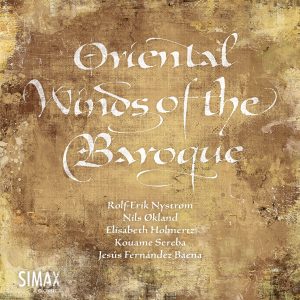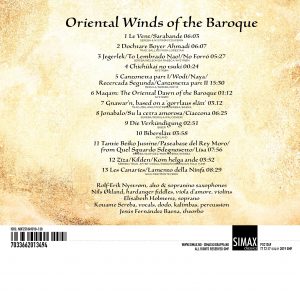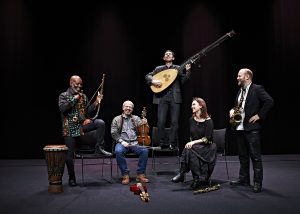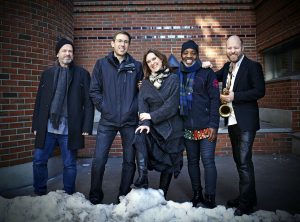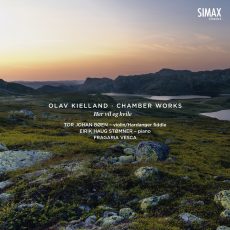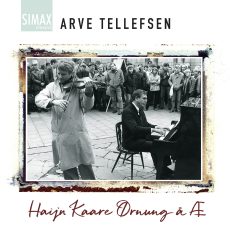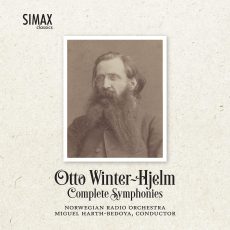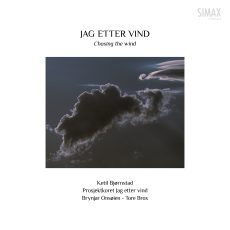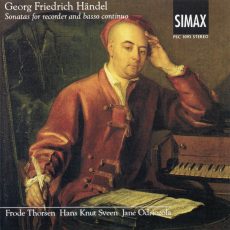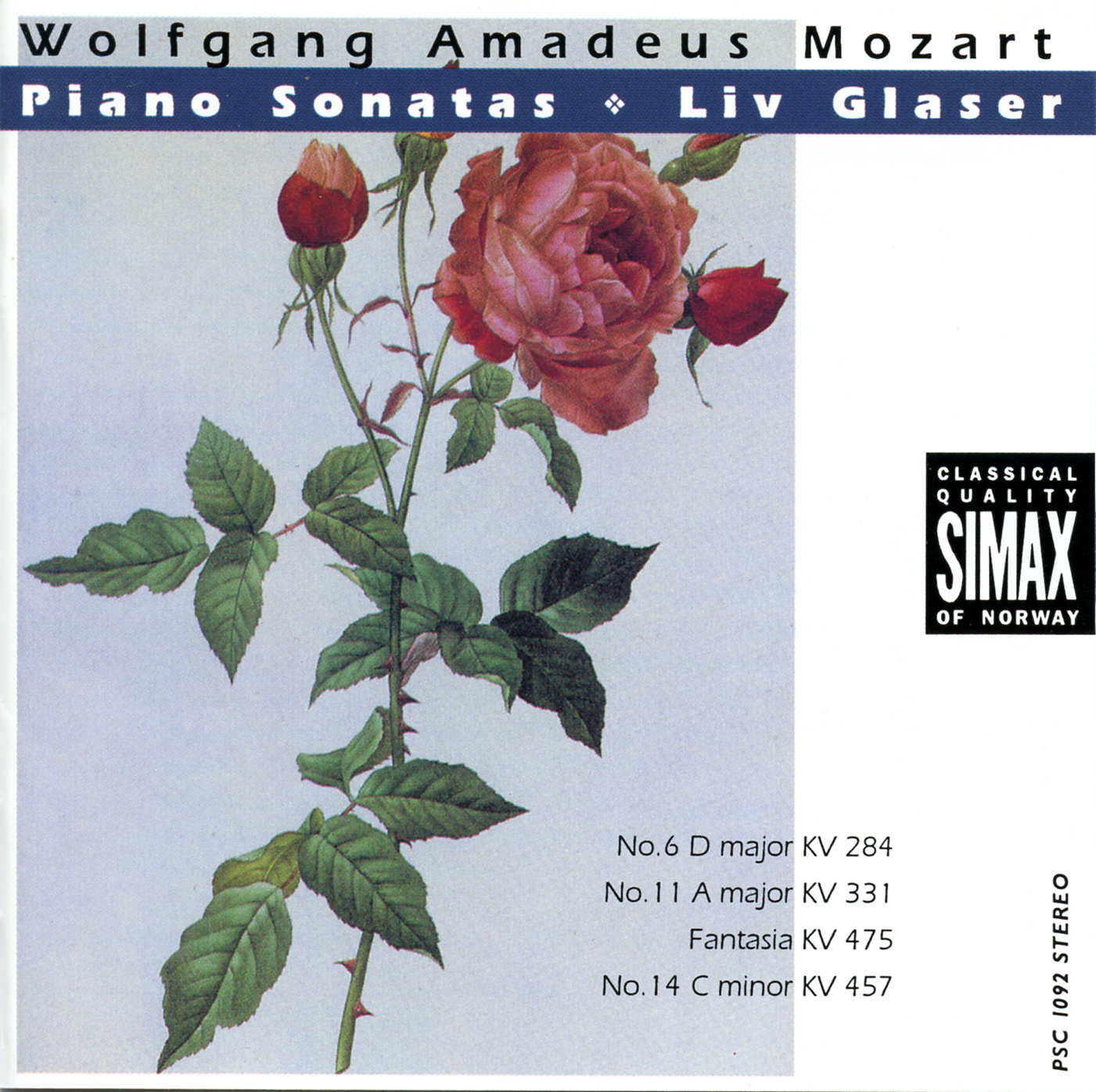Saxophonist par excellence Rolf-Erik Nystrøm is at the helm of Oriental Winds of the Baroque – exploring Baroque music through its connections with the Orient, Africa, South-America and the Nordic regions. Biber, Merula and Monteverdi’s passacaglias are as much a common denominator for interaction between different cultures as the blues.
Cultural gateways
Eager to show the historically open Europe, in stark contrast with the current situation, Nystrøm initiated Oriental Winds of the Baroque. Etymologically the word ‘orient’ comes from ‘east/rising’. And 1500 years ago any area below the City of Rome was considered the Orient. The extensive traveling and studies made by Nystrøm of the traditional music of Central Asia, Brazil and Africa are found in many of the tracks on this album, and opens up for tracing the possible non-European influence of the European baroque, classical and traditional music, and vice versa. Particularly the cultural implications of the al-Andalus kingdom has been a great inspiration. Through the 800 years of the Moorish and Arab rule in Europe in the future lands of Spain and Portugal, the most important sources of culture, knowledge, literature, civilization and art for the future Europe were introduced.
Intercultural meetings
Oriental Winds of the Baroque follow these lines backwards, open to what might turn up. Biber’s re-tuning the strings and using improvisation in his music, is closely connected to how the folk musicians all over Europe worked, especially in Norway. Furthermore the tonality of the traditional religious songs in Norway, is sometimes similar to the way religious and other music is sung in the Middle East. Kouame Sereba’s timeless vocals, dodo and calimba can together with the Italian theorbo and the Norwegian traditional Hardanger fiddle give the listener associations to the curious intercultural meetings that became the origins to the later stylized baroque and classical music, and then in turn our other Western musical styles. The calm and breath in the music of Couperin is found in the aesthetics of the breath and space in the individual expressions of Sereba, Økland and Nystrøm.
An outstanding line-up
Known through his musical adventures in world music, improv, classical and rock, Rolf-Erik Nystrøm has invited an outstanding cast for this project: Nils Økland holds a special place on today’s international music scene, combining traditional music with jazz and improv. Soprano Elisabeth Holmertz has distinguished herself as one of Scandinavia’s boldest interpreters in both early and contemporary music. Multi-instrumentalist and vocalist Kouame Sereba is native in anything musical – guided by his maxim ‘the power of playfulness’. Theorbist Jesús Fernández Baena is a distinguished performer within the European community for early music performance.










